Search Results for 'William Henry'
23 results found.
Galway and The Great War lectures at city museum
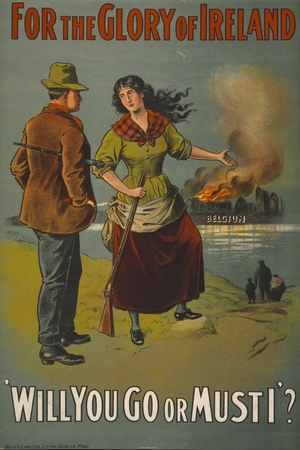
THE GREAT War’s impact on Galway city, the slaughter in the trenches, and recruiting Galwegians to fight for “king and country” will be the subject of a series of public lectures taking place at the Galway City Museum, every Thursday from 7pm to 8pm.
Six Furey brothers did not return to Loughrea
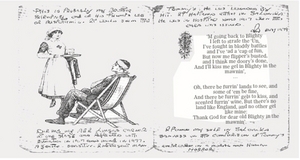
When it comes to the story of Galway and World War I there is no better man than William Henry. He came upon ‘the secrets in the attic shoe box’ some years ago when writing in a parish magazine he mentioned a relation of his in that war, and surprisingly opened a Pandora’s Box. People met him on the streets and told him that their grandfather, great-uncle, or cousin, or family friend also fought in that war. They had a box of their medals and uniform, letters or diaries somewhere at home.
High Street facades
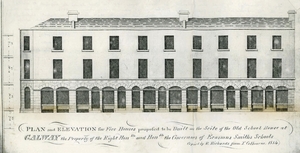
Galway Grammar School was founded by Erasmus Smith about 1667 in a temporary premises and it moved to High Street about 1684. An entry in the records for January 22 1684 reads: “That Dr. John Coghill be desired to write unto Mr. Patrick Mains in Gallaway that he will more particularly inspect the house there belonging unto Sir Robert Ward concerning the necessary repairs to make it convenient for a school and a commodious dwelling for the schoolmaster and usher and for boarders lodgings that it will amount to.”
The Auxiliaries in Galway
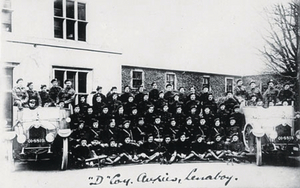
As the guerrilla war attacks by the Irish Volunteers on the RIC began to escalate in 1919, the British government recruited World War I veterans as a complementary force to the RIC. It advertised for men willing “to face a tough and dangerous task”. These were the Black and Tans. A further campaign was launched to recruit former army officers who were specifically formed into counter insurgency units known as the Auxiliaries or ‘The Auxies’. They wore distinctive ‘Tam O’Shanter’ caps. One of these units, D Company, was stationed in Lenaboy Castle and in ‘The Retreat’ in Salthill.
The Galway national shell factory
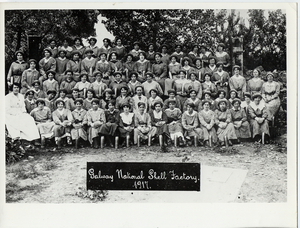
During the First World War, towns and cities throughout Britain and Ireland had factories producing munitions for the battlefield. Galway was not one of these locations and indeed many Galwegians were travelling to the UK to work in these factories. There was a lot of criticism over this and so the members of the Urban Council and some local industrialists began a lobbying campaign to attract such an industry to the city. It would create employment and would be beneficial to the community.
A Galway Christmas book hamper
AT THE risk of milking a cliché to death, rumours of the demise of the book are greatly exaggerated if the amount of books published in Galway over the last 12 months is any indication.
Local historians ensure Galway’s cultural identity thrives
The work of five local historians have contributed enormously to the ‘cultural capital’ on which Galway’s vitality and identity continues to thrive, according to Gearóid Ó Tuathaigh, Professor of History at the National University of Ireland, Galway.
Mayor to honour Galway historians with civic reception
Galway Advertiser chairman Ronnie O’Gorman is to be among those honoured at civic receptions in City Hall next month.
‘A long and dangerous night in Galway’
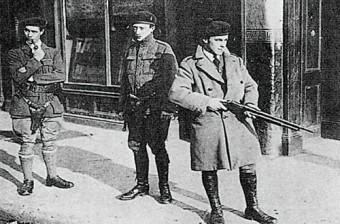
There was a fearful incident at Galway railway station on the evening September 8 1920. A larger crowd than usual waited for the Dublin train. The big story of the day was the Terrance McSweeney hunger strike in Brixton prison. The young Sinn Fein Lord Mayor of Cork was in his second month without food. The people of Ireland, and the Irish across the world, were totally focused on this drama. McSweeney died on October 25 after 74 days. The Dublin papers that evening would have had the latest health reports.
Books on my table
Despite Liam Mellows and his men answering the call to arms, and for five days to have caused mayhem in the Oranmore and Athenry areas, Galway was slow to realise that the Easter Rising 1916 was to be a permanent affair. The town was known as a ‘showneen town’, that is a town with a close allegiance to the British way of doing things. This was mainly because of the status of having a major army barracks on its doorstep. The army was an important purchaser of supplies from the town merchants; and many local people were soldiers, or had husbands or boyfriends who were in the army.

